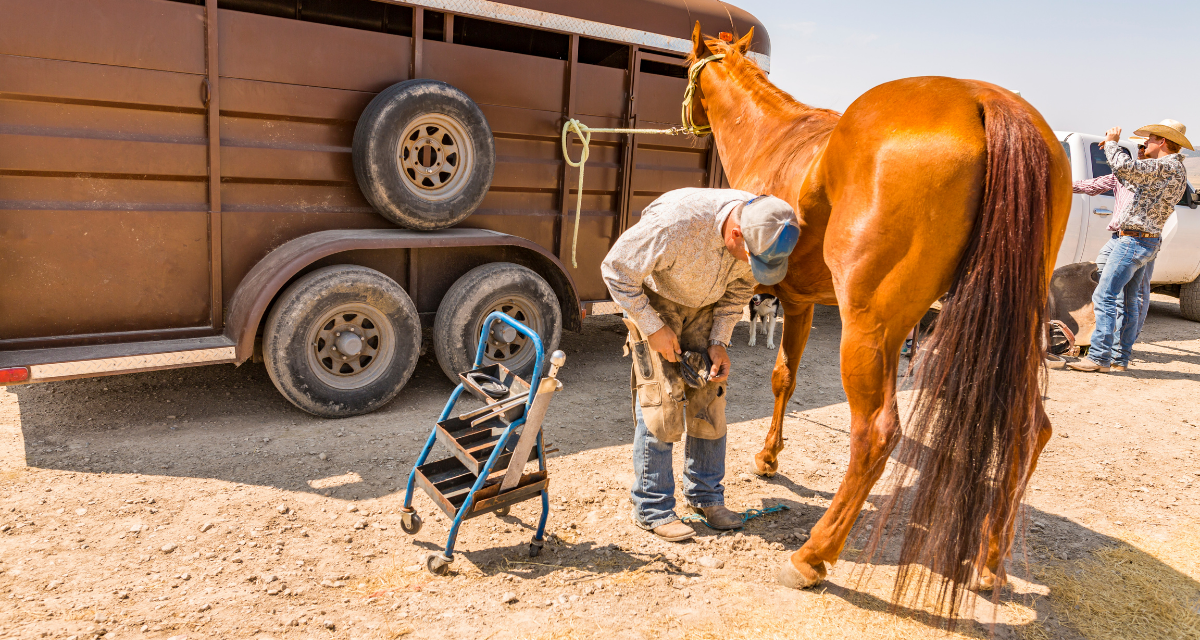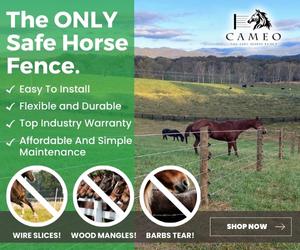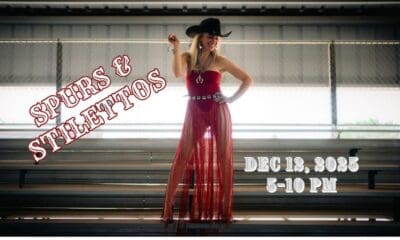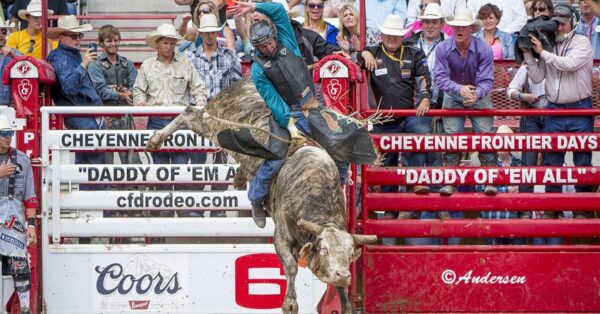New to the world of horses? Well, let us introduce to the world of horseshoeing, an art in and of itself. Being a farrier and horseshoeing is the practice of putting “shoes” on horse’s hooves. Typically, the shoes are made of steel and aluminum. Sometimes they are made of other materials, but that is what you find most often for your standard shoeing.
You might be wondering, why does a horse need shoes if they don’t need them in the wild? Great question! Domesticated and trained horses often need shoes to support correct alignment in the legs and support of the hoof itself. In the wild, horses “trim” their own feet by traveling over rocky terrain and constantly being on the move. In addition, leg and foot alignment isn’t important to horses in the wild as it is for domesticated horses.
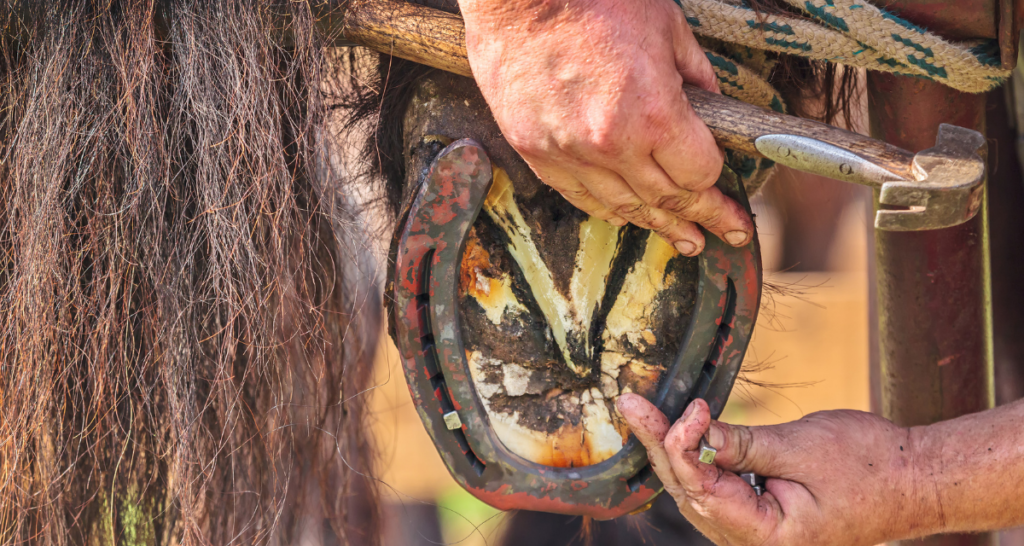
Shoeing, when done correctly, doesn’t cause any pain to the animal. Essentially, the horse’s hoof is made of keratin, which is the same material as your fingernail. Just like people, horses need their “nails” trimmed. But unlike people, hooves that are not cared for can severely injure or even “lame up” horses. When it comes time to trim and shoe the horse, there are specially trained folks that are up to the job. A farrier.
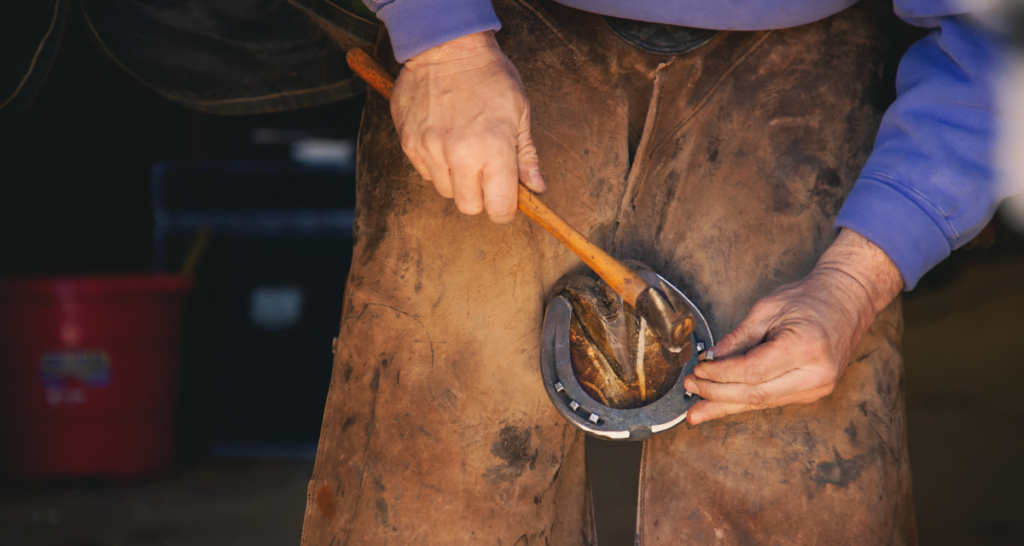
Farriers are the men and women of the horse world who keep your horse in tip, top shape! The art of horseshoeing often takes years to master and even then some farriers have a hard time grasping the concept of perfecting their craft. A quality farrier is one worth keeping around and is worth their weight in gold.
Currently, in the US there are no licenses or certifications needed to shoe horses, but it really helps when jumping into the profession from ground zero. Here are a few of the factors that go into shoeing a horse.
- Assessing the correct angle of the hoof and leg
- Knowing how much hoof to take off and how to shape it to an ideal shape
- Knowing how to fit the shoe to fit the hoof
- Properly handling the horse
- Providing customer service for clients
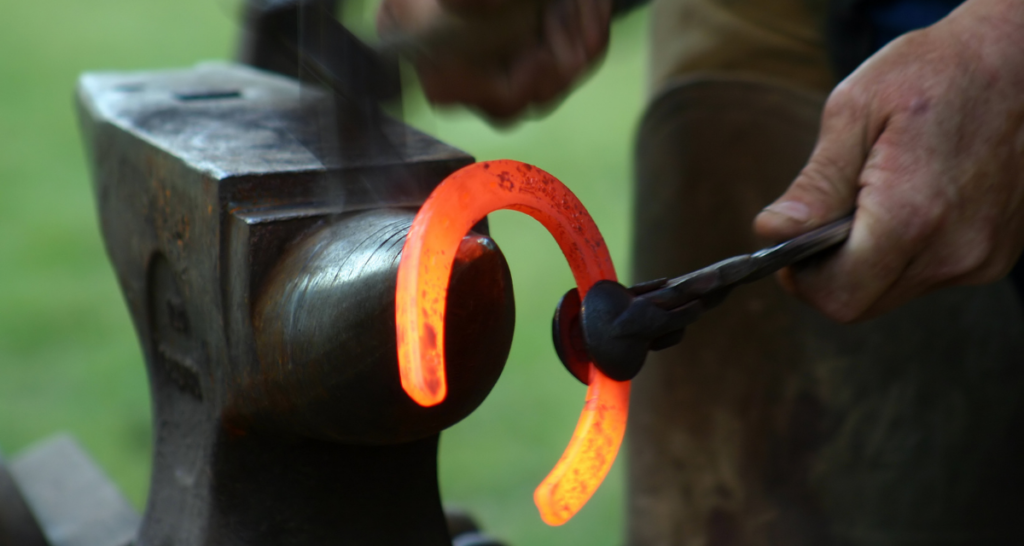
These are just a few of the things that farriers have to be able to provide when working with horses and clients. There is so much more that goes into it, but this gives you an idea of where your farrier is coming from that it’s more than just slapping some shoes on your horse.
Last Updated on 03/12/2025 by Jodi Erpelding
CLN Community Sponsor
